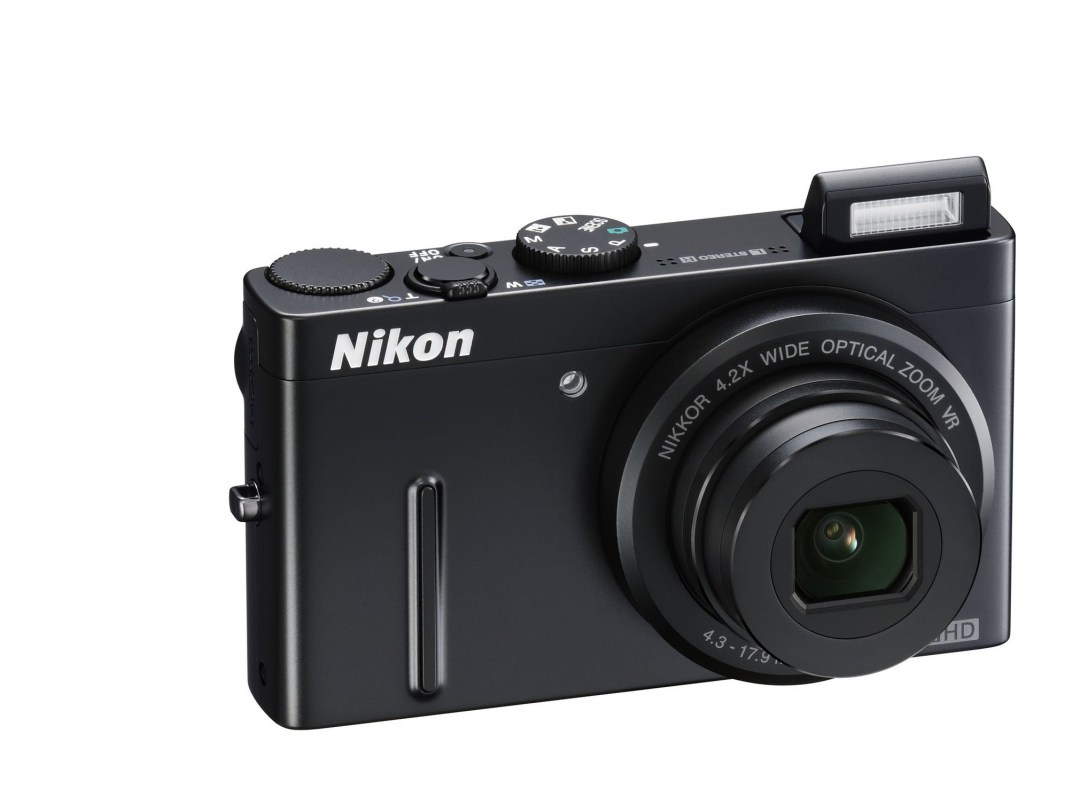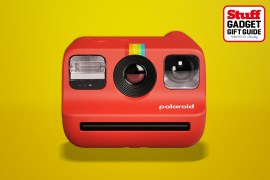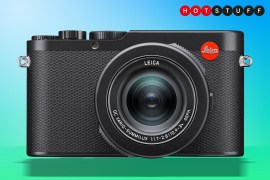Nikon Coolpix P300 review
Is Nikon’s new premium compact worthy of a place in your pocket?

Nikon’s answer to the Canon Powershot S95 and Panasonic Lumix LX5, the Nikon P300 is a dinky wee camera packing some serious imaging tech. Aimed at the sort of clued-up shutter nutter that knows their aperture from their exposure compensation, it comes with no less than four manual control modes, a bright F1.8 lens and a brand new 12.2MP sensor.
And RAW shooting, right? Well, wrong. For reasons we can’t fathom, Nikon has decided to leave the ability to shoot in full uncompressed mode off the features list, something which gives the P300’s premium chops a serious dig in the ribs. RAW shots give the photographer a lot more scope for post production tweaking, and for that reason Canon and Panasonic give you the option on the S95 and LX5. But here it’s JPEG or nothing.
Hidden talents
Nikon has also made some odd choices on the interface front. Some options are concealed deep in the menus – for example it takes four button pushes to change the ISO, metering or autofocus modes – which just seems bloody-minded when every rival offers a quick menu that pops up at the side of the screen while you’re shooting.
But neither of these things stops the P300 from being a very impressive little camera. You can capture 1080p video with stereo sound, and very nice it looks too (although don’t use the zoom while recording as the mics pick up the turning gears).
Sharp shooter
The new CMOS sensor is rear illuminated and, twinned with the lens’ large aperture and built-in anti-shake technology, that means short shutter speeds and sharper shots in less than ideal lighting conditions. However, the aperture narrows down as you zoom in, so you still need to keep things at a wide angle if you want to avoid using the higher ISO settings.
ISO goes all the way up to 3200 but noise becomes a big issue once it’s past 400, so ideally you’ll want to stick to the lower ISOs of 160 and 200. At these settings shots pop with razor-edged detail and faithful colours, and if you want something a bit different, Nikon’s range of in-camera filters offer sepia, black and white and high/low key shortcuts.
Photo quality is good, but we don’t think it beats the Canon and Panasonic rivals. Add in the RAW processing and more user-friendly control layouts, and both of those rivals make a lot more sense as a high-end compact than the P300.



